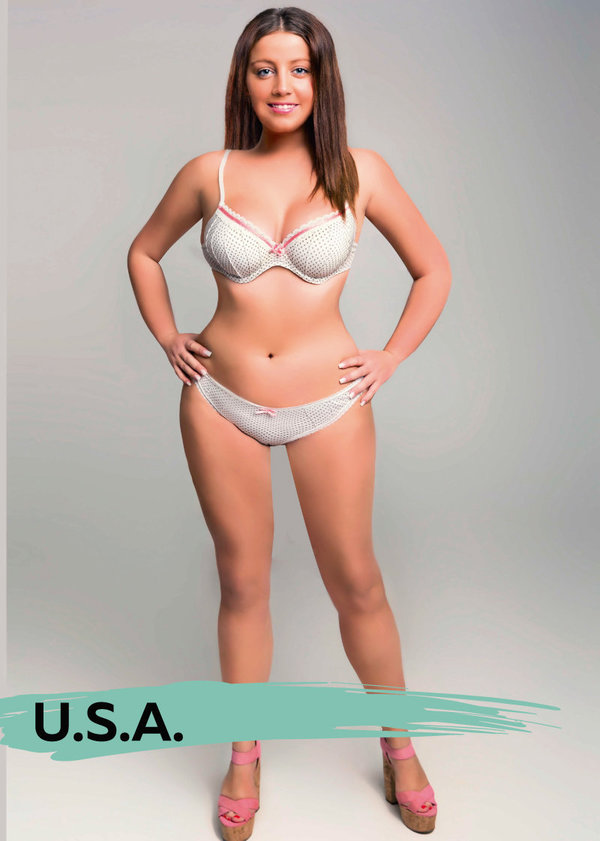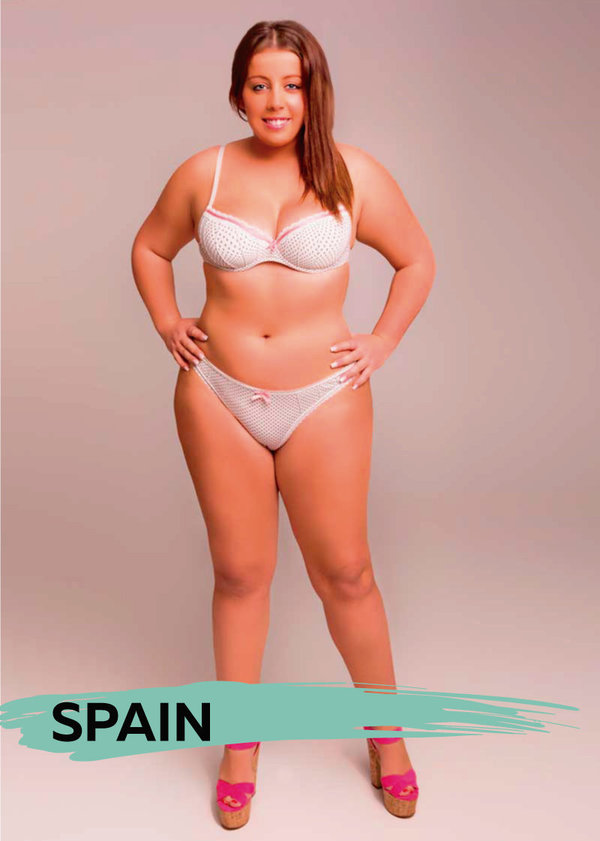What 'Overweight' Looks Like Around the World
By:
Humanity is gaining weight all over the globe: At least 40 percent of the world's adults and children fall into either overweight or obese categories based on their body mass index, according to global researchers. But that doesn't mean that "overweight" has the same meaning around the globe. What different countries consider to be fat and what they consider average varies widely.
The French paradox
French women are reputed the world over for their supposed slight form, despite a diet that is rich in gluten, alcohol, butter, and other items that Americans are often told to avoid. More than one weight-loss article in the United States has started with the question, "Ever wonder why French women stay so slim?" (Books have even been written on the subject.) But what do the French think of themselves?
It may comes as a surprise, but French women still think of themselves as being fat, even though France is one of the thinnest countries in Europe. The country holds more clinically underweight women than any of France's European neighbors. But when researchers compared the number of underweight women in France who thought of themselves as too thin with those in other European countries, they found that self-perceptions varied widely.
"If a French person who feels fat were to go to the United States, he probably wouldn't feel fat anymore," said Thibaut de Saint Pol, a researcher at France's National Institute of Demographic Studies, who wrote the study.
The weight that the French consider to be ideal is lower than that of other countries, the study found. Among France's European neighbors, the opposite is true: Spain and Portugal, for instance, all had more people who self-reported that they were too thin compared with those who were actually clinically underweight.
To know what "overweight" looks like, it turns out that it's also important to know what "ideal" looks like. This is exactly what an online pharmacy in the United Kingdom, Superdrug Online Doctors, attempted to discover in a recent project, "Perceptions of Perfection." The company asked designers in various nations to Photoshop the same stock image to reflect the "perfect body" in their country. The results were dramatically different.
 Superdrug Online Doctors - superdrug.com
Superdrug Online Doctors - superdrug.com
 Superdrug Online Doctors - superdrug.com
Superdrug Online Doctors - superdrug.com
 Superdrug Online Doctors - superdrug.com
Superdrug Online Doctors - superdrug.com
 Superdrug Online Doctors - superdrug.com
Superdrug Online Doctors - superdrug.com
Why does "fat" mean different things in different places?
If there's one thing that we can conclude from looking at the images created for "Perceptions of Perfection," it's that "fat," "ideal," and "thin" can all vary in meaning. It's also hard to say why.
Spain had fewer individuals who self-reported that they were "overweight" in the French study, and it's a country that has been noted for having a better average body image: Seven out of 10 Spanish women were satisfied with their bodies, a 2008 government study revealed.
Compare this with the United States, where 89 percent of women surveyed said they were unhappy with their bodies.
Could Spain's healthier body image result from a 2006 ban on models who are too skinny (those with unhealthy BMIs)? For its part, France adopted a similar measure only in 2015. America has yet to take up such a measure.
It's possible. But the reasons are also likely far more complex. All we can say for certain is how different countries stack up in terms of average BMI — from the most obese countries, such as Tonga, to the least, such as North Korea and Senegal.
Interested to see where your weight ranks relative to your height, age, and gender with those around the globe? Check out the BBC's Global Fat Scale calculator here.
